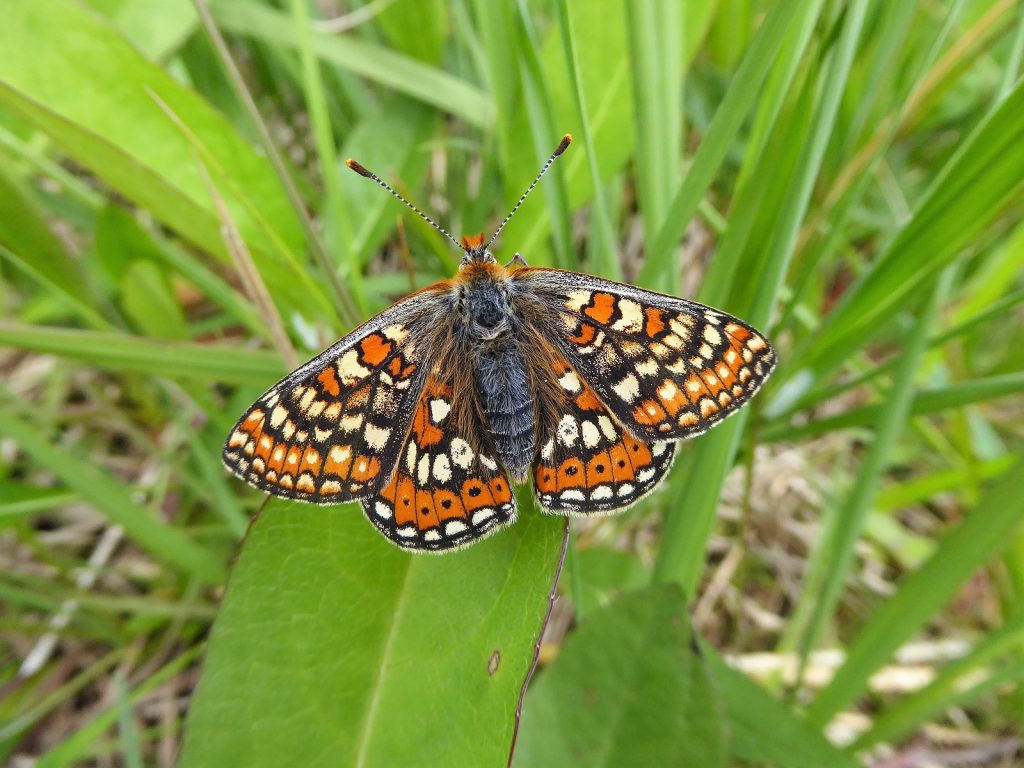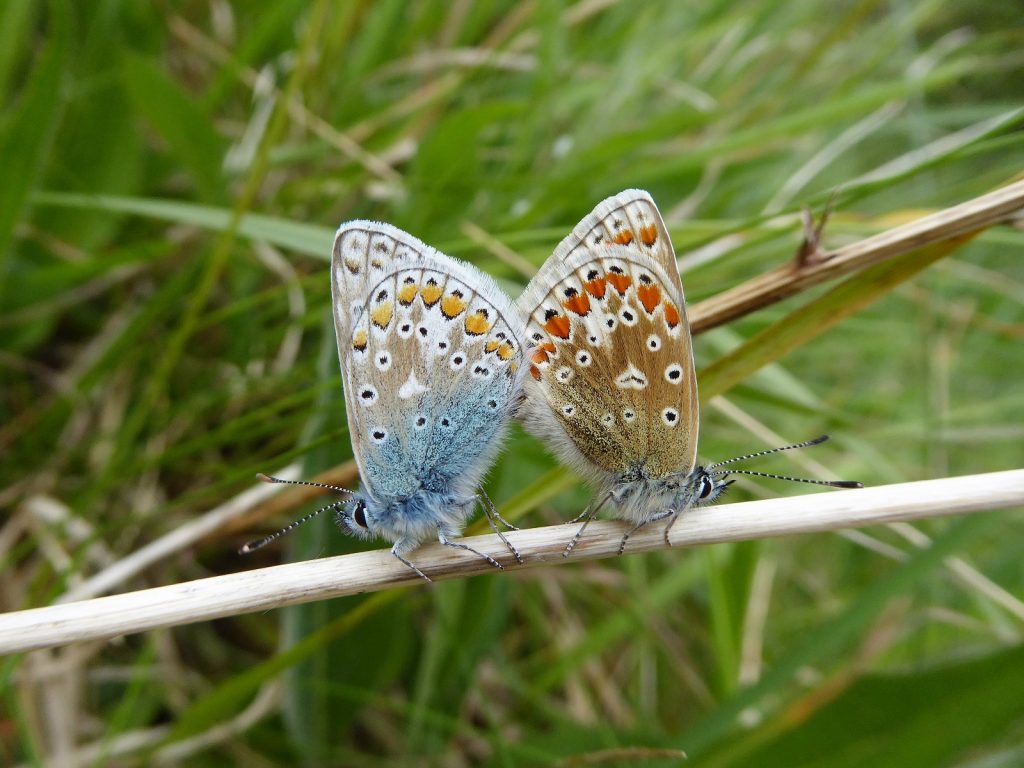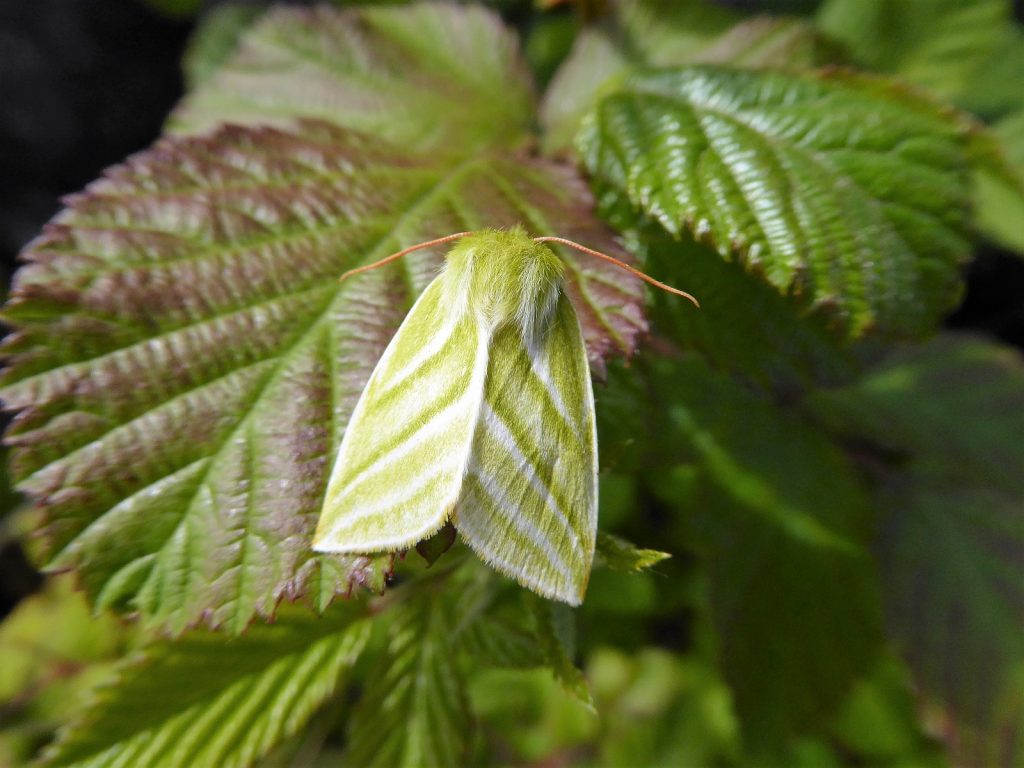Weather-reliant activities are hard to plan in Ireland and Saturday 11th November, promised dry two days before, slowly descended into a wearying drizzle.
Undeterred, the Butterfly Conservation Ireland work party knuckled down to do battle with regenerating scrub close to where scrub was tackled last year. Our youngest workers, Annie and Conor helped by enthusiastically tucking into the work of uprooting birch saplings and cutting young re-growth on willow and birch. Taller material was felled and the resulting cuttings piled neatly to rot down naturally. A great impression was made on the encroaching scrub with these areas now much more open to light, creating breeding sites for grassland butterflies like the Marsh Fritillary, Dingy Skipper and Common Blue.
The process of halting and reversing natural succession (the process of change in biological communities over time) at Lullybeg is needed to ensure that the climax vegetation in much of the managed area of the reserve remains species-rich grassland. Left to develop its climax vegetation naturally, the site will become woodland dominated by birch and willow and its grassland butterflies would be lost. The grassland butterflies and moths specialise on herbs growing in a grassy sward that is open and unshaded. The shading of grassland reduces the light and temperature, making these areas unsuitable for breeding for most of the reserve’s butterflies. Some butterflies, like the Brimstone, breed in open scrub while the Silver-washed Fritillary likes open, sunlit woodland. There are areas of the reserve where the needs of these species are accommodated. In this way, a habitat mosaic is provided, with a range of habitats scattered throughout the site which are maintained by active conservation management.
Butterfly Conservation Ireland thanks everyone who made a vital contribution to conserving the butterflies moths and other insects on this rich site. We will have another conservation day in February, when we hope for bright spring sunshine!




